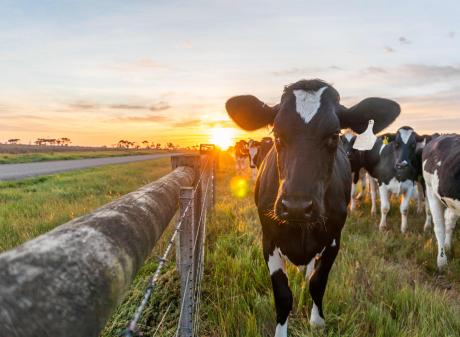
The terms of trade are a measure of the purchasing power of New Zealand exports abroad and an indicator of the state of the overall economy.
Statistics New Zealand figures released yesterday showed the terms of trade rose 0.8% in the three months to December, after a 1.3% increase in September.
Before last year, the previous record terms of trade were for the June 1973 quarter, and were influenced by commodity price rises for dairy, meat and wool in the early 1970s.
In the quarter to December, meat prices increased 7.5%, lamb rising 12% and beef 1.7%.
Lamb prices were at their highest level and lamb was the main contributor to both price and volume rises, Statistics NZ said.
Meat volumes rose 13% and meat values 20%.
Dairy volumes fell 4.6% but values rose 4.7%. Forestry prices rose 7.3%, volumes increasing 4.7% and values 11%.
Wool prices rose 10%, volumes increasing 37% and values 47%.
ASB chief senior rural economist Nathan Penny said the export price strength was broad based. All major export components recorded lifts in the quarter.
Import prices were also firm, lifting 4% in the quarter. Petroleum and petroleum product prices jumped 20.3% in the quarter as oil prices surged.
``Over 2018, we expect the terms of trade to remain at or near the record high.
``Dairy prices have lifted further so far over this year, although on the import side oil prices have lifted similarly over the same period.''
The global growth outlook had improved, meaning demand for New Zealand exports should remain firm and supportive of export prices, Mr Penny said.
Westpac senior economist Michael Gordon said import volumes were particularly strong, rising 8.5%.
Imports of capital equipment rose a ``whopping'' 14%.
``This will flow through directly into business investment in the national accounts, so there is no net impact on our December quarter GDP forecast.''














